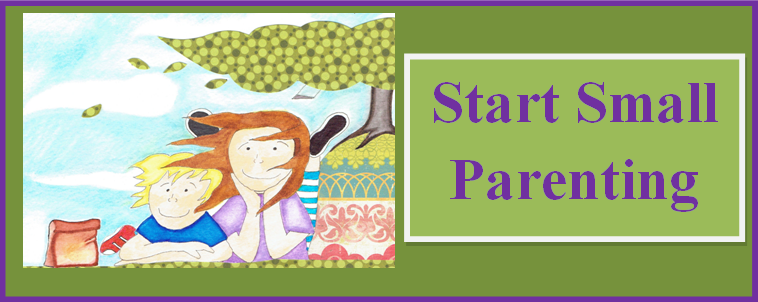
Sometimes noise can build so slowly that you don’t even know why you are tense, unable to concentrate, and ready to scream louder than the noise you are hearing!
The other day before my parent/child music class started, four good friends were holding hands, whipping up a circle, and whooping up their voices. They got louder and louder until it was uncomfortable. The nearby mother of two of the children said loudly, “Hey! Stop! Keep it down.” This affected them for about 2 seconds.
I asked them to stop their game. I told them they were using Outside Voices, like what you would use on the playground. I suggested they continue their game using their Inside Voice.
The mom, who happens to have four children and probably deals with noise level issues all the time, liked this. “Inside Voice? Huh,” she said, seeming to file away the idea.
Noise is Stimulating
As the noise in your home escalates, maybe your nerves do, too. I have found a tert, angry response come out of me when, really, I was just tense from overstimulation. This is when teaching your child about their INSIDE VOICE is essential.
Three Voices
Here are three common voices children use:
1) Playground voice
This is the outside voice, the one used to yell across the playground to a friend to get the ball. Or to yell down from a tree. When this voice works its way to the inside of cars, stores, school, or someone’s home, there is sure to be some chaos.
2) Speaking Up Voice
This is a voice used when talking in class at school or to a group. It’s louder than normal, loud enough so everyone can hear, but not as loud as the playground voice.
3) Inside Voice
The inside voice is for INSIDE. It’s for talking to someone and can be heard for a short distance, about the length of your arm. It’s a talking-on-the phone voice, and a cooking-in-the-kitchen voice. It’s the voice for doing and saying anything inside.
Try these Suggestions
1) Loud to Soft
When my son started to have play dates, I noticed it was hard for him to transition from outside play to inside. The excitement of the tire swing or kicking the ball would come right inside and suddenly he and his friend would be eating snack at the table yelling at the top of their voice. I taught them a volume game they would do at the door. Starting on the porch outside I would have them yell a phrase-of the-day loudly (Larping Legos or whatever), lowering the volume with each step toward the front door until they were saying the phrase at half volume. Sometimes they took it to extremes, whispering and tiptoeing right to the kitchen table.
2) A Gesture
“BE QUIET,” yelled at the top of your own voice to be heard over children’s voices only adds to the bedlam. We agreed on a gesture in my family. If anyone is too loud, we bring up both hands by our face, with fingers splayed open wide (Jazz hands!), our mouth and eyes wide open, too, in a startled expression. This makes the other person laugh every time and serves as a great pattern interrupt to the escalating sound level.
3) Model it Yourself
Inside Voice isn’t just for kids. If I find myself yelling to Zed about something because he is halfway across the house, I remember to Close the Distance. Going to where he is allows me to speak at a peaceful, easy volume. Isn’t that what we want in our homes? That peaceful, easy feeling.

